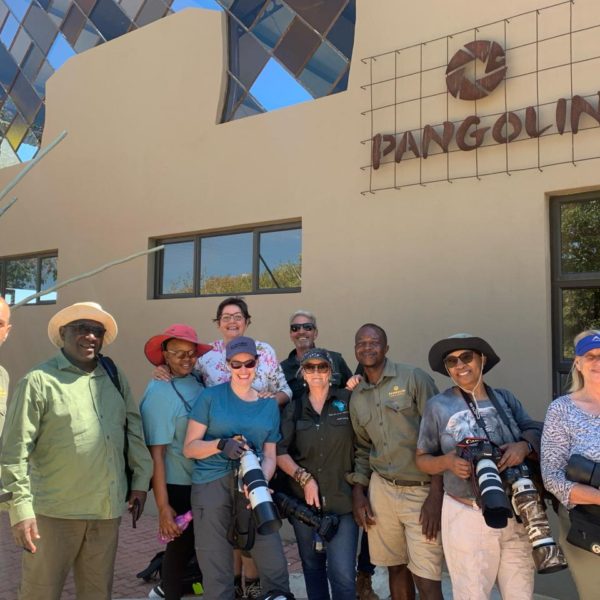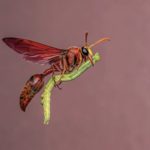-
Time to cool off in the Chobe River in Botswana. (Bruna Mentrup)
Hippo are semi-aquatic and are found by rivers, floodplains and swamps. During your Botswana safari you will see them along the the Chobe River and in the floodplains of the Okavango Delta.
“Learn some fun facts about these beautiful animals!”
1. Hippos are the third largest mammals on Earth
Native to Africa, hippos are the third largest land mammals. Elephants and White Rhinos are the two largest land mammals.2. There are two species of hippopotamids
The most widely-known species of hippopotamus is the common hippopotamus, or Hippopotamus amphibius. These hippos can measure six to 16 feet long. The pygmy hippo, or Choeropsis liberiensis, a smaller species of hippopotamus, is an average of five feet long.3. Hippos thrive underwater
Hippos can hold their breath for an average of 5 minutes. That’s long enough to take walks along lakebed and riverbed floors. No wonder their nickname is the “river horse”!4. Hippos are a threatened animal
According to the IUCN Red List, hippos are classified as “threatened” due to human activity impacting their environment.5. Hippos are herbivores
Hippos are herbivores, meaning they fuel their bodies with plants! Hippos eat, an average of 80 pounds of grass each night.6. The gestation period of a hippo is 243 days (eight months)
Baby hippos are called calves, and they weigh between 30-50 pounds when they’re born.7. Hippos are most active at night
While not considered nocturnal, most hippos’ foraging and activity happen during the night. They leave their resting waters near dusk and return in the morning.8. They produce their own sunblock!
Hippos live in sub-Saharan Africa, where the sun’s UV rays are incredibly strong. Hippos have adapted the ability to produce a red, oily liquid that acts as a natural sunblock.9. Hippos can identify friends from enemies
Fascinatingly, hippos can identify a friend from a foe by smelling their dung–or poop! Hippos use middens, or outdoor areas where they repeatedly go to the bathroom. Hippos can then sniff the area to find out who’s been there, and if they’re considered a friend.10. Hippos serve an integral role in their ecosystems
A hippo’s enormous size lends itself to creating microhabitats for smaller organisms. They facilitate habitats for fish populations by repeatedly walking on common pathways from water sources to inland areas.Hippos are not listed as endangered but are considered vulnerable to extinction. Hippos are facing poaching and habitat fragmentation at a staggering rate. The leading causes of habitat fragmentation are natural disasters driven by human activity and climate change. Factory farming is a major culprit in greenhouse gas emissions and a primary driver of climate change.
1 Comment
About Me

Bruna Mentrup
TUTOR
I started my wildlife photography journey with nothing but a passion for capturing what I had seen unfold before me for years.
Determined I could achieve that, I set out with the most basic equipment, and eventually, my efforts were rewarded.
I, fortunately, love travel and being in my own company, so I spend months on the road in perfect partnership with the animals, great light, and the landscape. My confidence grew, and my images started to speak for themselves; so did my range of equipment, as did the awards.
My proudest moment was being made a Licentiate by the Photography Society of South Africa. I take so much pride in the steps I have taken, and it gives me such joy to see my work in magazines and hanging on walls of game lodges across Africa.
My philosophy is that anyone can acquire technical skills in photography. Still, you need heart, passion and a deep connection with what is around you to capture the finest of what Mother Nature has on offer.
Media
Recent Posts

DPC Wildlife Expedition 2024
- 27 March 2024


















This is incredible!